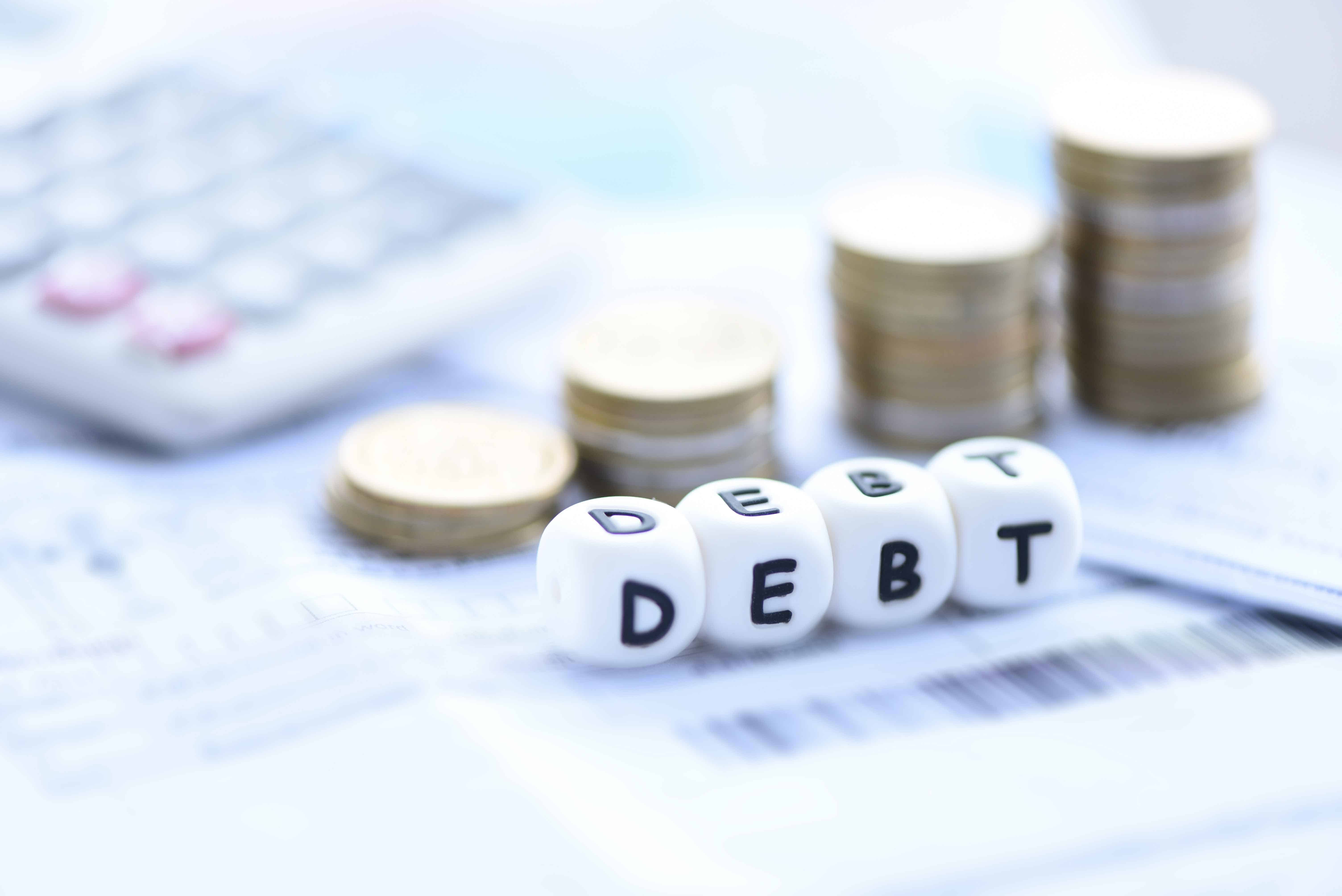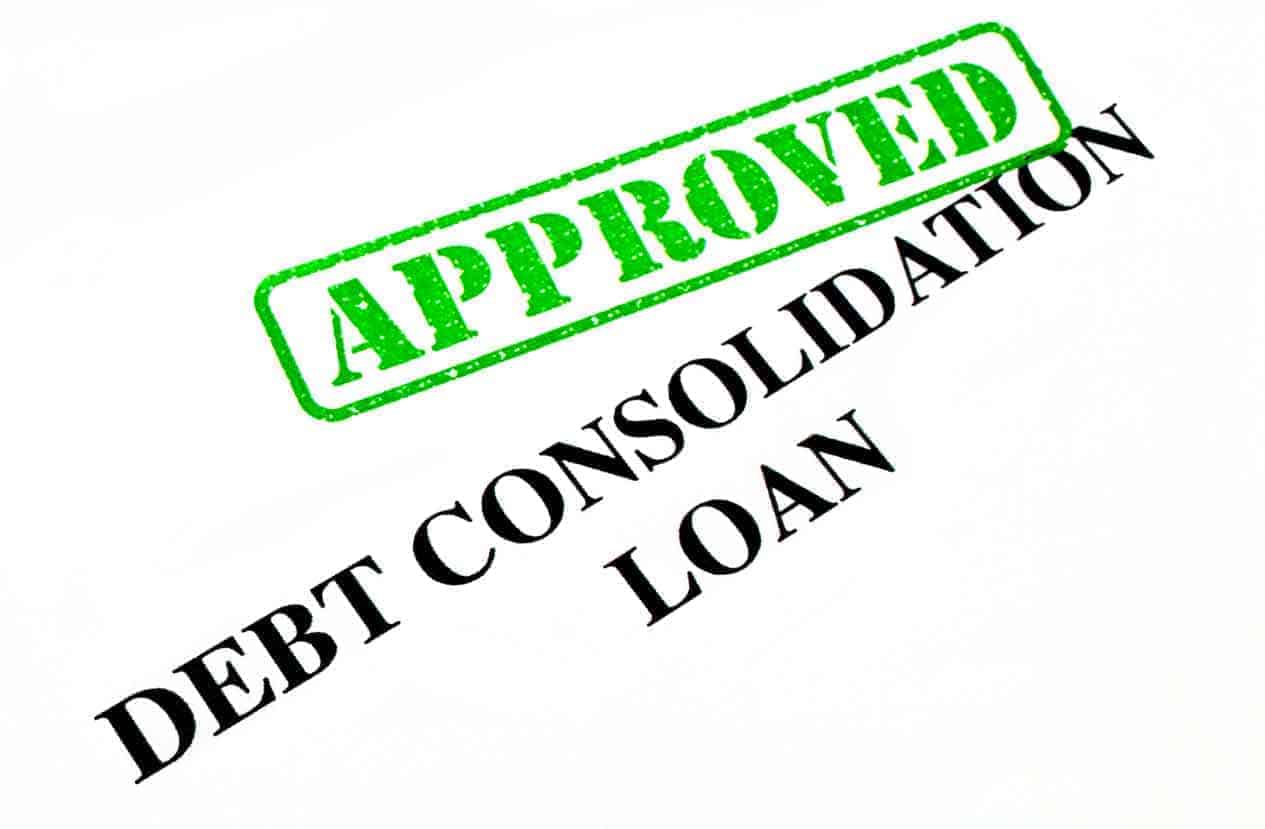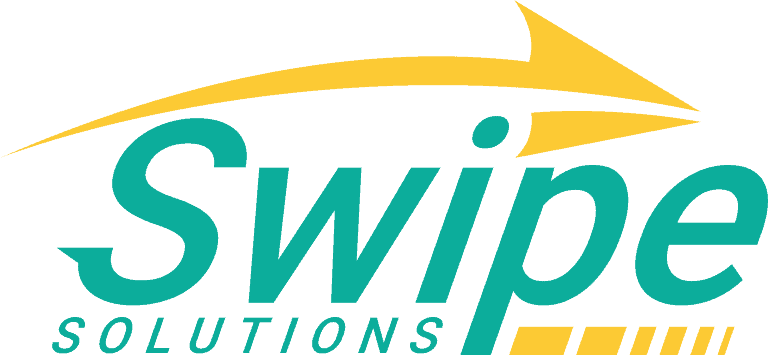One of the best decisions I ever made was to get out of debt. If you owe money to people, now is a great time to pay off your debt and save for your future. How do you pay off debt? While there are many ways to get rid of it, two great options are referred to as the debt snowball and the debt avalanche. I’ll explain the ins and outs of these debt payoff methods so you can choose the best one for your situation.
How They are Similar
Whether you choose the debt avalanche or the debt snowball, you’ll continue paying the minimum payment on each debt that you owe except one. Select one debt and send as much extra money as you possibly can to it every month. As you continue making regular payments on your debt with the intention of paying each account off one by one, you’ll have more money available to send to the debt that you’ve honed in on to pay off.
How They are Different
The difference between the debt snowball and debt avalanche techniques is the order in which you decide to pay your debts off in full. There are some finance professionals who believe that one method is better than the other, but I think that it’s up to your personal preferences. Either one will work as long as you are paying your debt down.
More About the Debt Snowball Method
If you decide to go with the debt snowball method, then you’ll begin paying off what you owe by focusing on your smallest overall debt first without worrying about the interest rate that’s being charged. Often, people have several small debts that they owe, which results in multiple statements arriving in the mail each month notifying them of the minimum payment amount.
When I’ve had a lot of mini debts to manage, I felt overwhelmed by the situation. In the past, I’ve had several store credit card debts to pay, a bill from my dentist and two or three personal loans that I owed to family members. This made me feel like I was always owing some money to someplace or someone.
Choosing to pay what you owe beginning with the smallest debt and ending with the one that you owe the most on will help you get rid of the small ones fast. Depending on the total amount of your small debts, you might even be able to eliminate one debt every month or two once you start focusing on getting out of debt.
Doing it this way is sure to make you feel empowered and successful. You’ll see what you are accomplishing quickly, and it will surely inspire you to continue to pay off your debts.
Once you’ve paid off your smallest debts, you’ll have the confidence and the extra money to pay everything that you owe. Paying off your small debts first will also put you in the mindset of eliminating the rest of what you owe.
What You Need to Know About the Debt Avalanche Method
The debt avalanche method involves paying your debts by starting with the highest interest rate and ending with the lowest interest rate regardless of the amount owed. If you consider the numbers, then getting out of debt using this method will result in your paying less in interest when you pay off your debt in this order. Decreasing the amount that you’re spending on interest means that you’ll be able to eliminate your debt faster.
At the end of the day, getting out of debt as quickly as possible is the right thing to do. Taking on a debt with the highest interest rate first will give you the most bang for your buck. Why would you want to pay off a debt that you’re not paying any interest on when you have a debt that’s accruing interest at a rate of 21%? Most of us wouldn’t, but there’s something about the two methods that the experts rarely share, which is that your payoff method choice may not matter.
What is the Best Way to Pay Off Debt?

The best way to pay off your debt is to continue paying the minimum amount on your current debts and establish a focus debt to eliminate as quickly as possible regardless of whether it’s the avalanche or snowball method. The focus debt that you choose doesn’t have as great an impact on your getting out of debt as it would seem.
Selecting a focus debt and paying the extra money on it consistently without accumulating more debt is what will help you become debt free. Once you’ve committed yourself to that action, make sure that you create a personal budget, stop spending money on credit cards and remove your credit card information from online stores. These steps will help you manage your spending and avoid accumulating additional debt.
Take a hard look at your relationship with money. You may need to modify your spending and saving habits. Once you get into the nitty gritty of paying off your debt, stay motivated by rewarding yourself when you reach particular milestones. For instance, once your first debt is paid, treat yourself with a specialty coffee or a goody from the bakery.
Keep your rewards small but choose ones that pamper you. It’s tough to continue going with a payoff plan if it feels like you’re punishing yourself with restrictive financial decisions.
When to Consider Debt Consolidation
Consolidation can be a helpful tool when deciding to become debt free. The process of consolidation rolls several different debts into one balance. While I believe completely in the snowball and avalanche payoff methods, I think that consolidation can be a good option if you have more than five small debts to pay. Also, with consolidation, interest rates are something to think about because these loans usually feature lower ones.
If you have five small debts with interest rates that are high, such as 21% or so, then consolidating them into one balance with a lower interest rate could help you become debt free a few months faster than if you were to pay them off one by one. When the amount of total debt that you owe is manageable, then think about going the consolidation route.
That way, you don’t have to worry about paying a bunch of payments on time. Instead, you can make one payment to one creditor. There might be a fee to consolidate, so crunch the numbers to make sure that consolidation still makes sense if the lender charges one.
Consolidation can also make getting out of debt easier since you can concentrate extra payments toward that one source. This can be ideal if making decisions isn’t your strong suit. With just one outstanding debt, you’ll only have one lender to send additional money to.
Debt Consolidation Options
There are several consolidation options. You can pay off credit cards with a 0% interest rate balance transfer account or a low interest rate personal loan. If you can qualify for a 0% interest rate card, transfer your debts to the account. Do what you can to pay the balance in full during the promotional period. To qualify for this type of offer, you will likely need a good credit rating of around 690 or higher.
If you decide to go with a low interest rate personal loan, then take the same steps. Pay off credit cards and send every extra dollar that you can to the personal loan lender. Most people with bad or fair credit can qualify for a personal loan. Credit bureaus generally consider bad or fair credit to be a score that’s under 689. If you have a good or excellent credit score, then you will likely qualify for a lower rate than if your credit score is bad or fair.
Other options are to take out a home equity loan or borrow from your retirement account, but I don’t recommend these options unless you have no other choice. Both options come with risks that could impact your financial future.
When is it a Good Idea to Apply for a Debt Consolidation Loan?

For a consolidation loan to work for you, consider whether your entire debt is more than 40% of your total income. Also, make sure that your credit score is high enough to qualify for a 0% rate or one that’s low enough to eliminate your debt in the fastest way possible.
It’s a good idea to request a loan consolidation when you have a consistent flow of cash that will allow you to make your payment on time and consistently. You’ll also want to develop a plan to avoid building debt in the future.
This is an example of when a person might want to go with a consolidation loan. Let’s say that you have five credit cards with interest rates that vary from 19.99% to 23.99%, and you have never made a payment late, so you have a good credit score. In this case, you may be able to qualify for a consolidation loan of around 6%, which is quite a bit lower.
For a lot of folks, taking out a consolidation loan is a push toward getting out of debt. If you sign up for a loan with a three-year term or one with a five-year term, then you have an exact payoff timeline.
When Is It a Bad Idea to Take Out a Consolidation Loan?
Consolidation won’t take care of all your debt problems. It won’t address a person’s over-the-top spending habits that cause excessive debt to occur. Consolidation can’t help you if you have too much debt and don’t make enough to pay it off even if you are able to lower your payments.
Along with this, if your debt is small enough that you would be able to get rid of it in a short time, then you shouldn’t bother with a consolidation loan. Instead, buckle down and eliminate it. This is when you should choose either the debt snowball or the avalanche to pay off your debt.
If your overall debt totals more than half of your income, then I recommend seeking professional debt help. In most cases, consolidation won’t hurt your credit. In fact, it could improve your credit score.
A Step Toward Financial Freedom
Eliminating debt is a lengthy process, but it’s one that can help you create a healthy relationship with money. Debt help is one of the first steps toward financial freedom. When you eliminate your debts, you’ll not only have more money to do the things that you want, but you’ll also enjoy peace of mind.



